Credits for the breech cover: German artillery WW1 2.0 by RedBaronBR
Act 1: Close breech
Act 2: decouple from the platform
the howitzer can be towed, just remove the brown platform
the brown platform is not mandatory for him to retreat, but so that it doesn't behave differently on non-flat terrain
Realistic recoil
The BL 8-inch howitzer Marks VI, VII and VIII (6, 7 and 8) were a series of British artillery siege howitzers on mobile carriages of a new design introduced in World War I.[note 1] They were designed by Vickers in Britain and produced by all four British artillery manufacturers but mainly by Armstrong and one American company. They were the equivalents of the German 21 cm Morser 16 and in British service were used similarly to the BL 9.2-inch howitzer but were quicker to manufacture and more mobile. They delivered a 200 lb (91 kg) shell to 12,300 yd (7.0 mi; 11.2 km). They had limited service in the British Army in World War II before being converted to the new 7.2 in (180 mm) calibre. They also equipped a small number of Australian and Canadian batteries in World War I and by the US Army in that war. They were used in small numbers by other European armies.
Another shortcoming was the stability of the guns when firing when they were too hard or too soft ground. For this reason, a special commission was sent by the United Kingdom to France to check this and find a solution. After the investigations, the commission introduced a platform that was geared specifically to these guns and thus significantly increased stability. However, the effort of assembly and dismantling was quite large, which caused problems especially for American soldiers later in the war.
Vickers platform:
Specifications
Spotlights
- Valiant2017 1.3 years ago
General Characteristics
- Created On Android
- Wingspan 12.3ft (3.8m)
- Length 36.6ft (11.1m)
- Height 8.5ft (2.6m)
- Empty Weight 26,724lbs (12,122kg)
- Loaded Weight 26,724lbs (12,122kg)
Performance
- Wing Loading N/A
- Wing Area 0.0ft2 (0.0m2)
- Drag Points 7755
Parts
- Number of Parts 344
- Control Surfaces 0
- Performance Cost 963

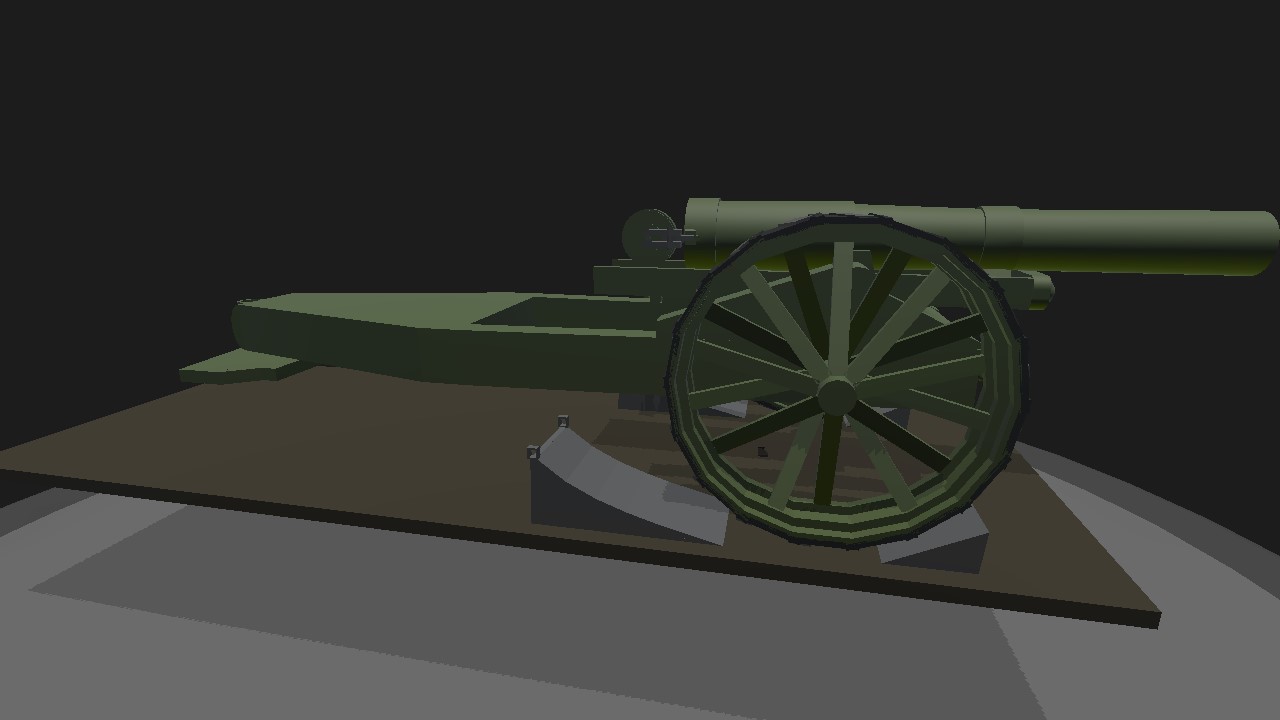
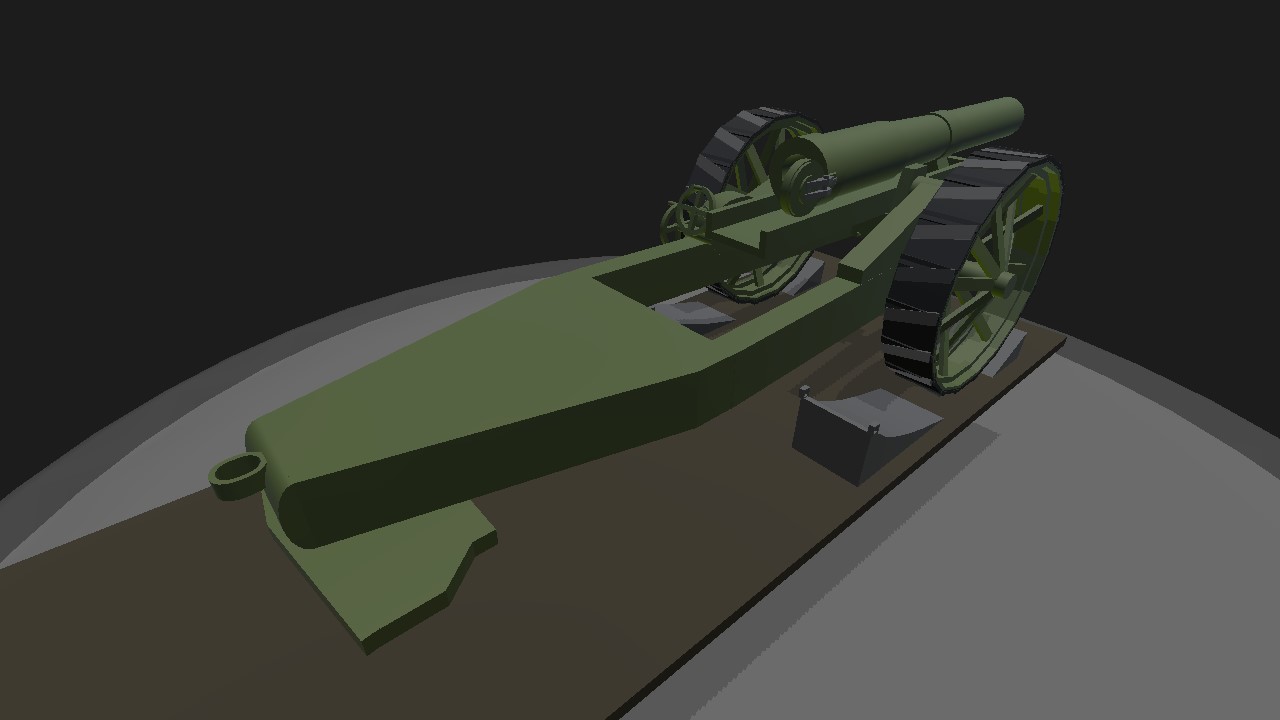
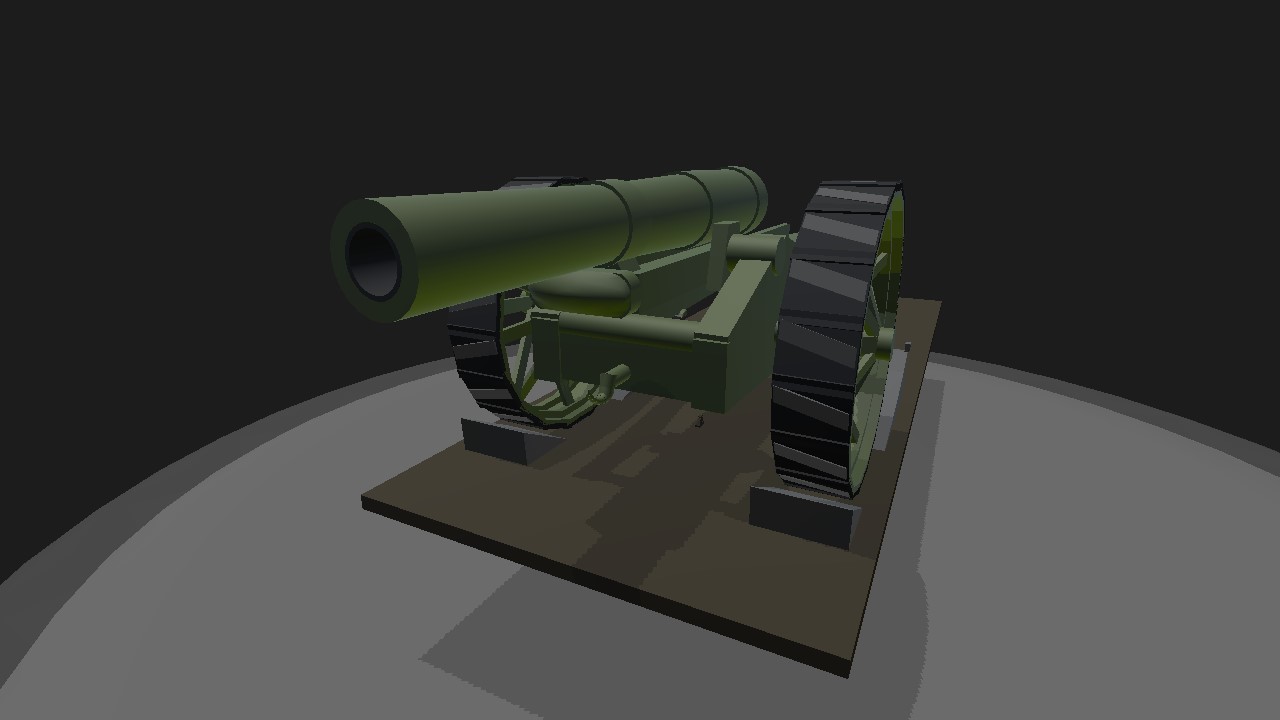
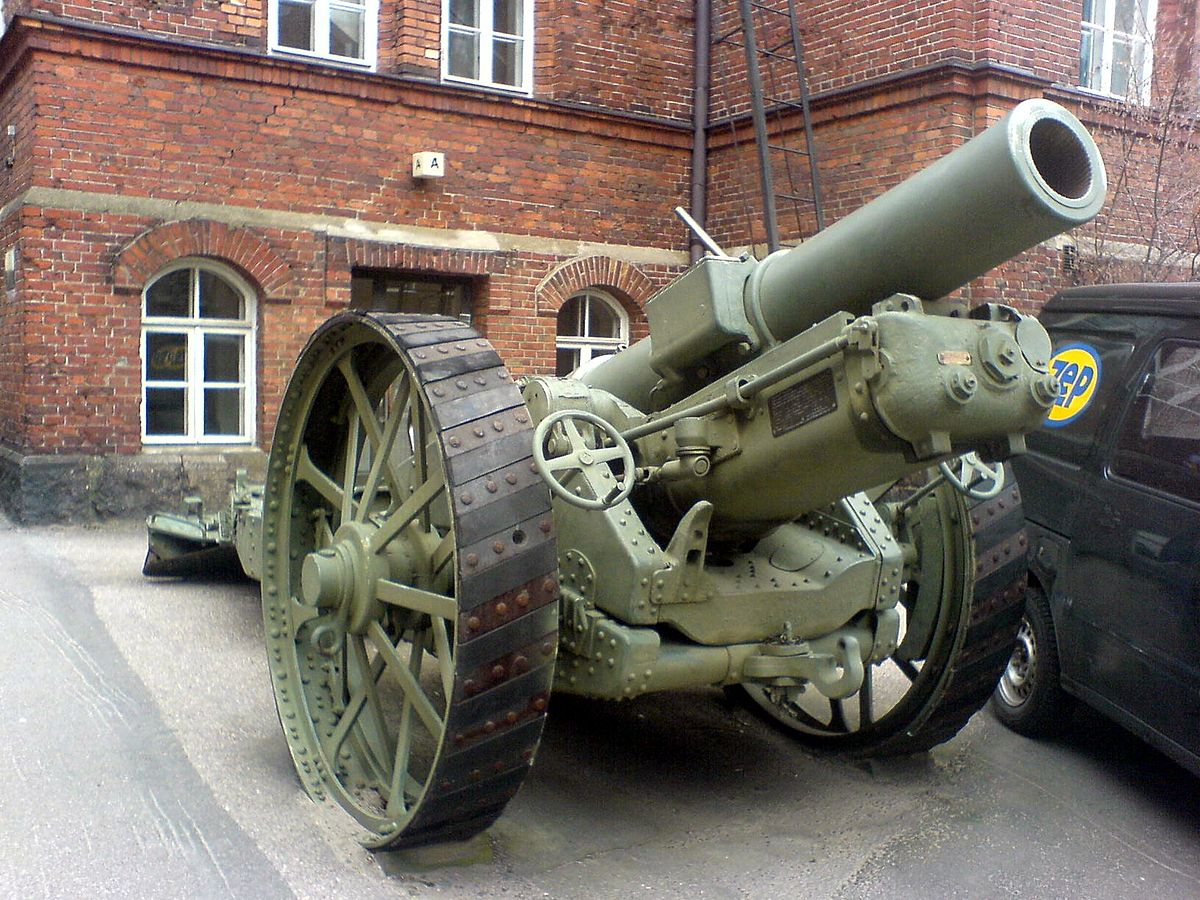
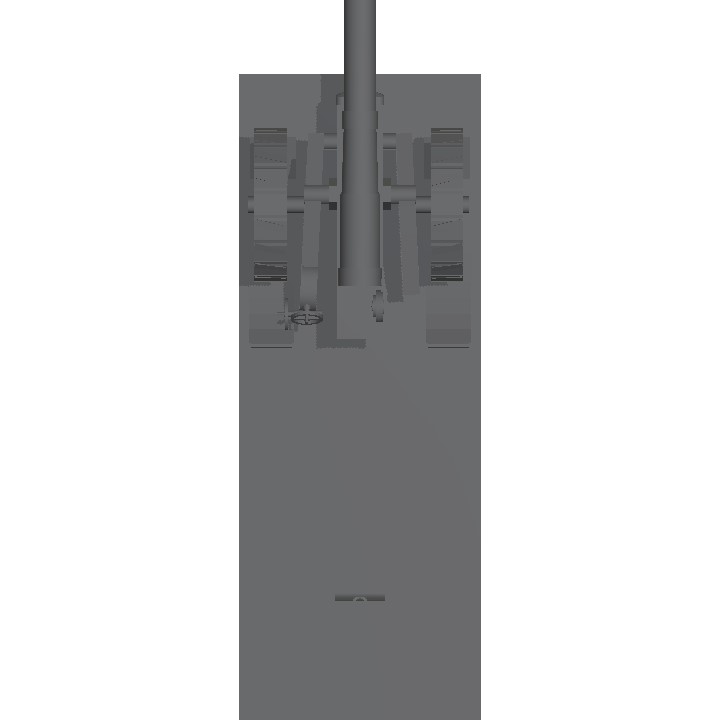
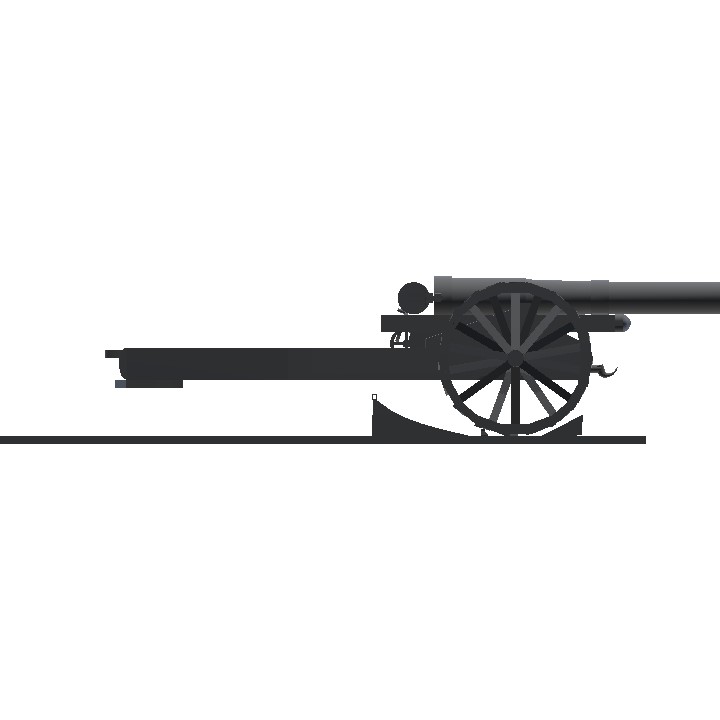
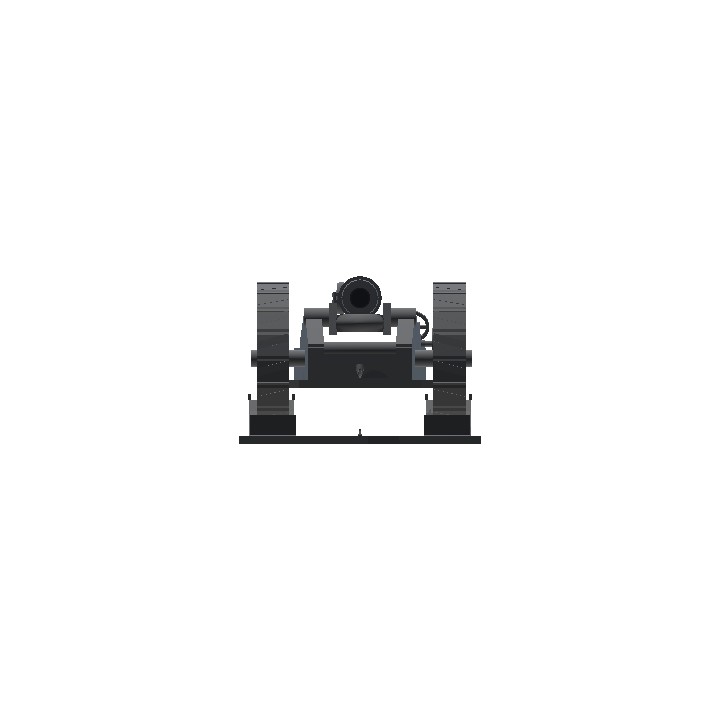
@eaearthur015 ja to em um mano
Eu mano, quer entrar em um grupo de Whatsapp de construtores BR aqui do SimplePlanes?